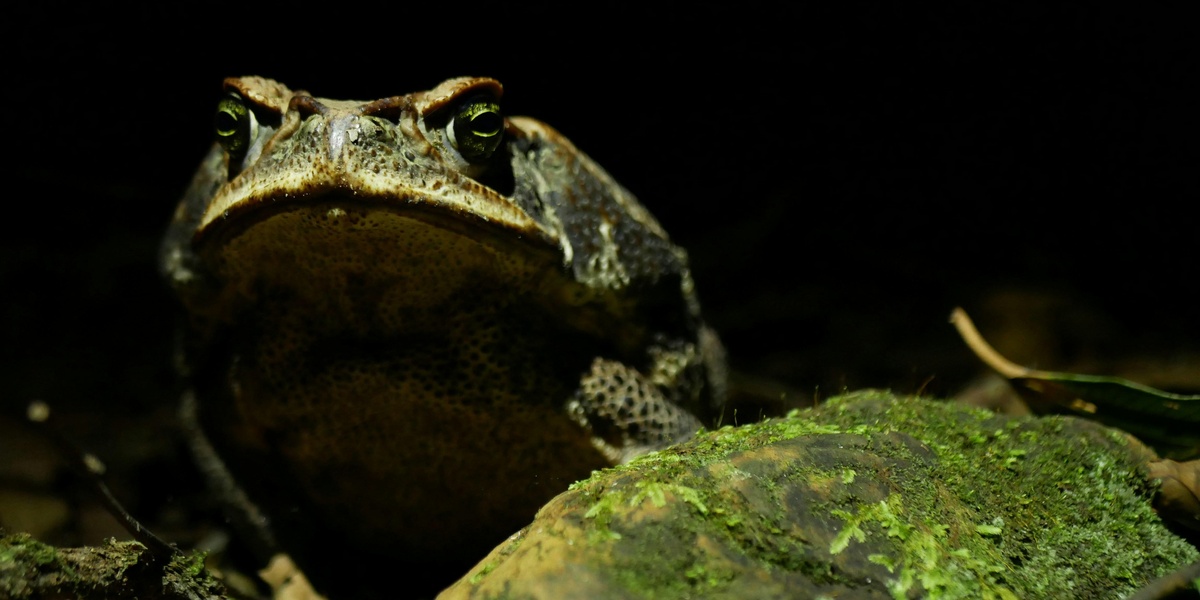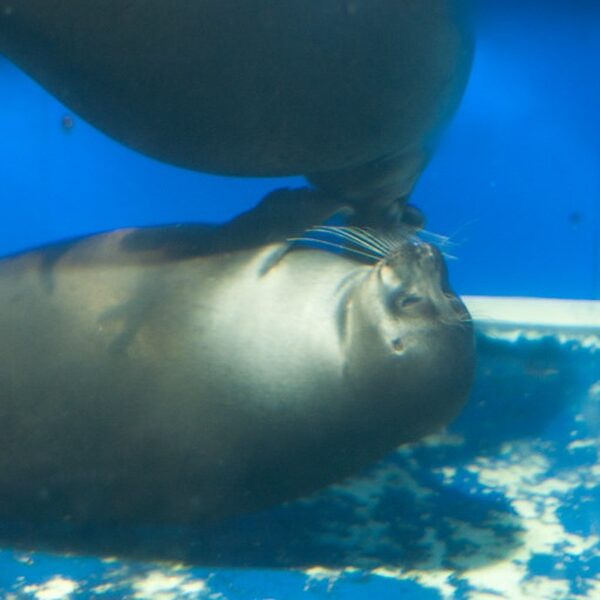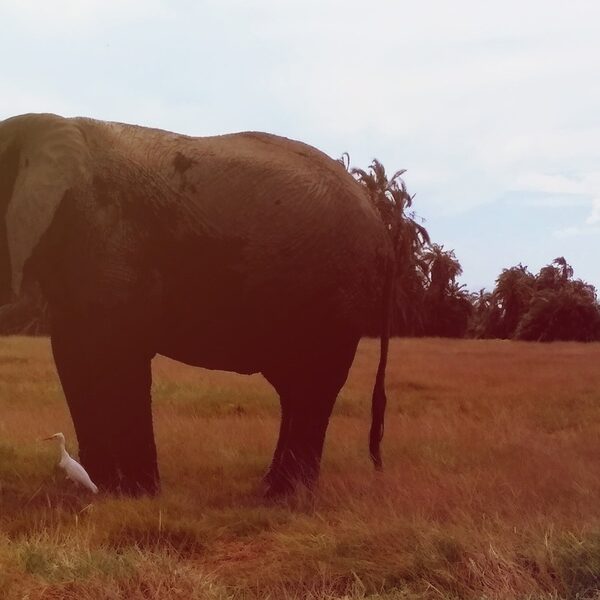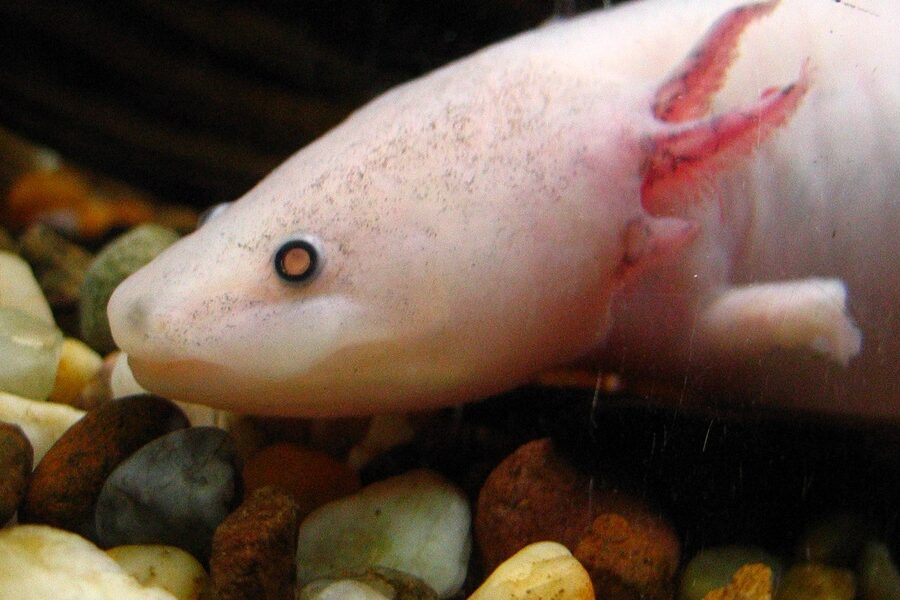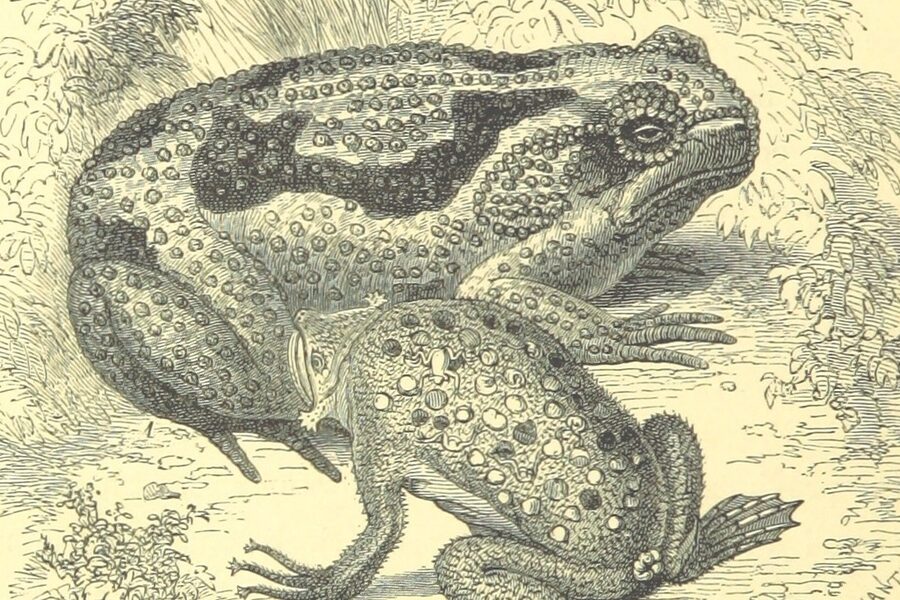From African wetlands to North American backyards, toads are a familiar part of many landscapes and food webs. While many species are harmless to humans, a subset produce skin toxins that affect predators and, in some cases, people or pets.
There are 12 Poisonous Toads, ranging from the African Common Toad to the Southern Toad. For each species you’ll find below the columns: Scientific name,Main toxin,Range, so you can quickly compare where they live and what compounds they carry — you’ll find below detailed entries for each one.
Are poisonous toads dangerous to people or pets?
Most exposed cases occur when a toad is handled or a pet mouths one; toxins can irritate skin, eyes, or cause vomiting and more serious symptoms if ingested. Avoid touching unknown toads, wash hands after contact, keep pets from chewing them, and seek medical or veterinary help if exposure causes severe symptoms like difficulty breathing, prolonged vomiting, or collapse.
How can I tell a poisonous toad from a non-poisonous species?
There’s no foolproof visual rule, though large parotoid glands (behind the eyes), wartier skin, or bright warning colors can hint at toxicity; geographic range and a good field guide are often the best indicators. When in doubt, assume a wild toad may be toxic and handle it only with gloves or not at all.
Poisonous Toads
| Name | Scientific name | Main toxin | Range |
|---|---|---|---|
| Cane Toad | Rhinella marina | Potent bufadienolides (cardiac glycosides) and bufotenin. | Native to the Americas; invasive in Australia, Philippines, and many islands. |
| Colorado River Toad | Incilius alvarius | Bufotenin and 5-MeO-DMT (a potent psychoactive). | Southwestern US (Arizona, New Mexico) and northern Mexico. |
| American Toad | Anaxyrus americanus | Bufotoxins (mild cardiac glycosides) and other compounds. | Widespread across eastern North America. |
| Common Toad | Bufo bufo | Bufagins and bufotoxins (cardiac glycosides). | Found across most of Europe, parts of Asia, and northwestern Africa. |
| Asiatic Toad | Bufo gargarizans | Bufadienolides, including cinobufagin and resibufogenin. | East Asia, including China, Korea, and parts of Russia. |
| Fowler’s Toad | Anaxyrus fowleri | Bufotoxins, similar to the American Toad. | Eastern United States, often found in sandy areas near water. |
| European Green Toad | Bufotes viridis | Bufadienolides, including bufotalin. | Europe, Central Asia, and North Africa. |
| Southern Toad | Anaxyrus terrestris | Bufotoxins (mild cardiac glycosides). | Southeastern United States. |
| Gulf Coast Toad | Incilius nebulifer | Bufotoxins (cardiac glycosides). | Gulf Coast region from Texas to Mississippi; Mexico and Central America. |
| African Common Toad | Amietophrynus gutturalis | Bufotoxins and other alkaloids. | Widespread across sub-Saharan Africa. |
| Japanese Common Toad | Bufo japonicus | Bufotoxins, including the potent cardiac glycoside bufotalin. | Endemic to Japan. |
| Oak Toad | Anaxyrus quercicus | Mild bufotoxins. | Coastal plains of the southeastern United States. |
Images and Descriptions
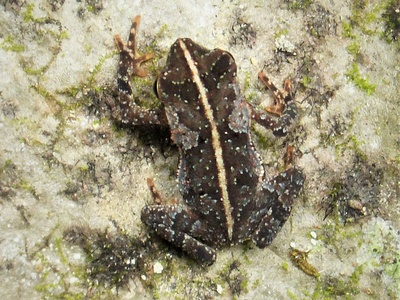
Cane Toad
Extremely dangerous, especially to pets. Licking or eating this large toad can cause profuse drooling, convulsions, and fatal cardiac arrest within minutes. The large parotoid glands behind its eyes secrete a milky white toxin when threatened.

Colorado River Toad
One of the largest North American toads. Its potent toxins can be lethal to pets, causing paralysis and respiratory failure. While its secretions are known for hallucinogenic properties, ingestion is extremely dangerous and can be fatal for animals and humans.
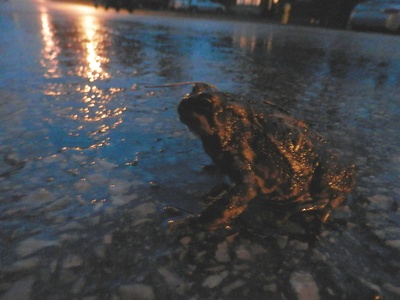
American Toad
Common in backyards. Its skin secretions are irritating and can cause excessive drooling, pawing at the mouth, and vomiting in pets that mouth them. Generally not life-threatening for larger pets, but can be serious for smaller animals.
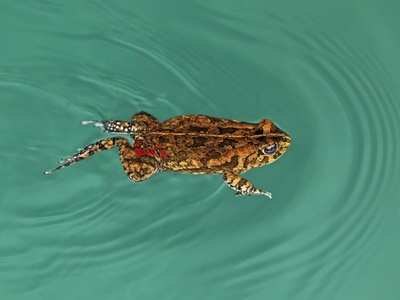
Common Toad
Europe’s quintessential toad. Its toxin can cause significant distress in pets, including drooling, vomiting, and heart rhythm changes. Human skin irritation is possible but serious poisoning is rare unless the toxin is ingested.
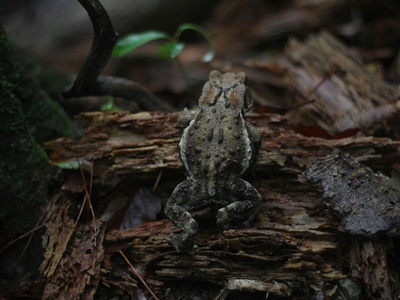
Asiatic Toad
Highly toxic. Its secretions, known as Chan’su, are used in traditional medicine but are potent heart poisons. Ingestion by pets or humans is a medical emergency, causing severe cardiac symptoms, and can be lethal.
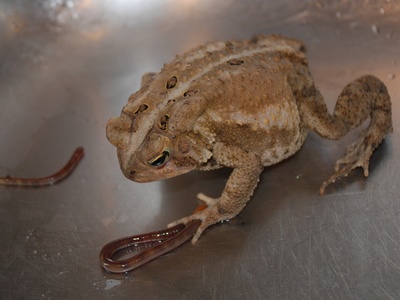
Fowler’s Toad
Often mistaken for the American Toad. Its toxins cause similar effects in pets: foaming at the mouth, vomiting, and discomfort. While unpleasant, it is rarely fatal for healthy, medium-to-large dogs who receive prompt care.
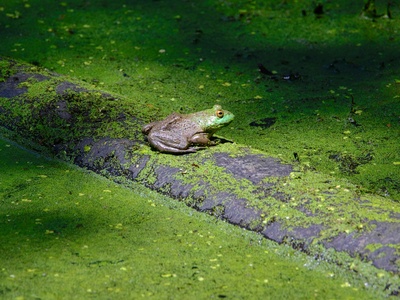
European Green Toad
Recognizable by its green-spotted pattern. The toxins can sicken pets, causing drooling and vomiting. While less toxic than the Common Toad, it can still pose a significant risk to smaller animals if ingested.
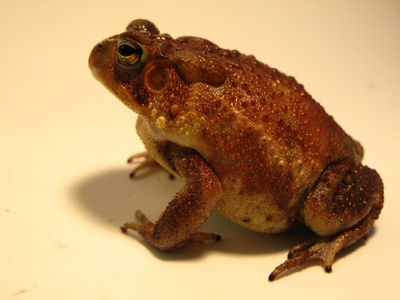
Southern Toad
Distinguished by its prominent cranial crests. Its poison is a moderate irritant to pets, causing salivation and oral discomfort. It is a frequent encounter in suburban yards, but serious poisonings are uncommon.
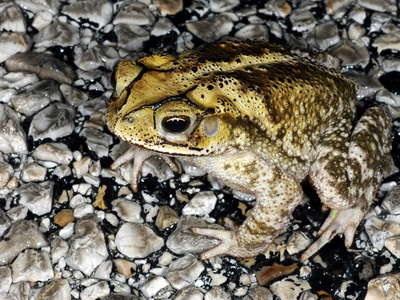
Gulf Coast Toad
A large toad with distinct cranial crests. Its toxins are more potent than the Southern or American toads and can cause serious symptoms in pets, including heart arrhythmias, disorientation, and sometimes seizures. Keep pets away.
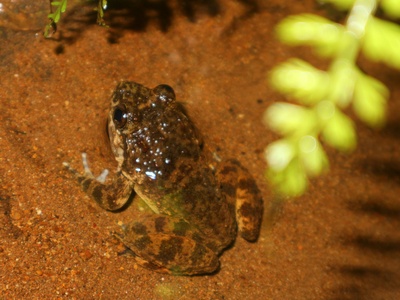
African Common Toad
Also known as the Guttural Toad. It secretes a toxin that can make pets and even livestock ill if ingested, causing gastrointestinal and cardiac issues. The toxin is a primary defense against a wide range of predators.
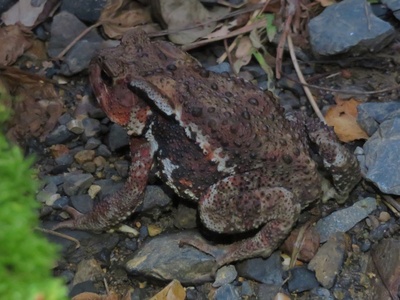
Japanese Common Toad
The primary native toad of Japan. Its skin secretions are highly toxic and can be dangerous to native predators and domestic pets. Ingestion can lead to severe poisoning, mirroring the effects of other highly toxic Bufo species.
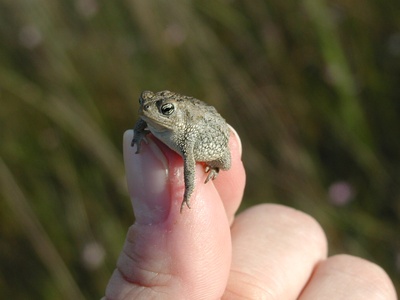
Oak Toad
North America’s smallest toad, often only an inch long. Despite its tiny size, its glands produce toxins that can irritate a pet’s mouth, causing drooling and pawing. Its small size makes it a tempting but unpleasant target for curious pets.
